Are Chinese dairy farms competition for Aussie farmers?
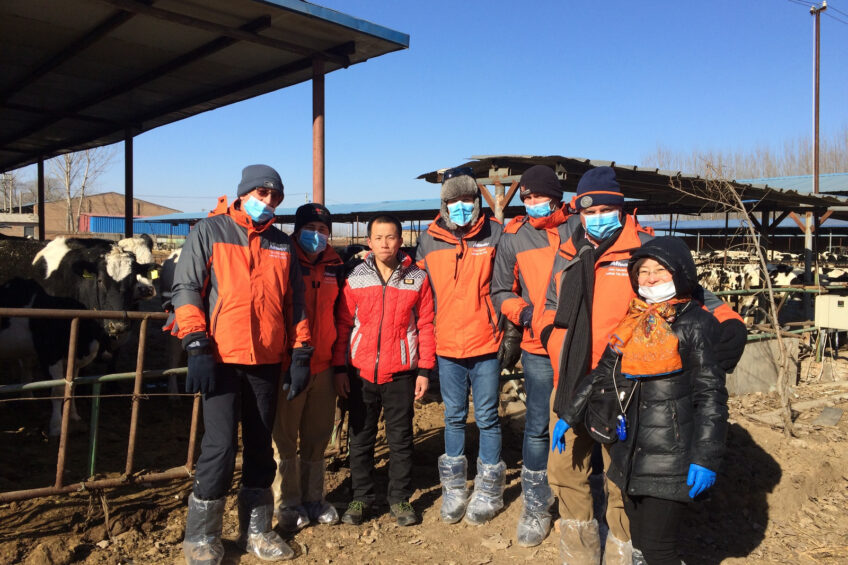
While the Australian dairy industry has plateaued over the last 10 years, China is seeing a sharp rise in milk production. Production and consumption of dairy products in China have soared, averaging a 12.8% annual growth rate since 2000. A group of Australian dairy farmers and consultants visited China in January to see firsthand what Chinese farmers are doing to drive growth.
The group travelled to Northeast China to visit a world-class training centre, the Nestlé Dairy Farming Institute (DFI) in Shuangcheng, Heilongjiang province. Opened in October 2014, the DFI welcomed more than 1,300 visitors from 24 countries in its first year of operation.
With an emphasis on education and utilising new technology, the DFI has already provided free training to approximately 1,000 farmers. Partnering with Nestlé, Alltech participates in numerous educational initiatives and assistance in establishing best practices in Chinese agribusiness, hosting nearly 40 training sessions for DFI students last year.
Optimising dairy rations
Following a warm welcome from Zhang Zhou, general manager of the DFI, the Australian delegation toured the cutting-edge Alltech In Vitro Fermentation Model (IFM) laboratory. Alltech uses its proprietary diagnostic tool to simulate rumen fermentation and evaluate the nutritive value of total mixed rations. Results from the model not only provide Chinese dairy nutritionists and farmers evaluations and recommendations for dairy rations to maximise feed efficiency and combat ever-rising feed costs, but also obtain estimates of the amount of energy lost as methane and methane emissions per animal. As the cost of feed can represent up to 60% of the total cost of producing milk in intensive dairy production, improving dairy efficiency is essential in China’s efforts to increase domestic production.
The Australians then toured the DFI model farm. The delegation was impressed with the quality and intensity of the operation, particularly the high production from the cows being milked 3 times daily. The group observed feed ingredients commonly used, including cornflakes, canola meal, sugar beet pulp pellets, lucerne hay and local sheep grass. “The DFI dairy farm and Alltech lab were a well-thought-out collaboration. The ability to run the In Vitro Fermentation Model and then change the diet to improve feed efficiency is a great tool,” commented Mike Kilkenny, Australian dairy farm manager.

Also interesting: Chinese dairy farmers to be trained
Tetra Pak and DeLaval, sister companies in the Tetra Laval Group, today signed a 5 year agreement with the Dairy Association of China to provide training to Chinese dairy farm managers.
Testing for melamine
The Australian farmers travelled to Northeast Agricultural University, where they met with Professor Zhang Yonggen and some of his students who outlined the Chinese dairy industry and some of the challenges it is facing. Professor Zhang stressed that financial pressures and cost of ingredients were major factors affecting the industry. The group spoke at length about the public relations campaign in China to help the dairy industry win back Chinese consumers’ trust in locally-produced products.
The group also had the opportunity to visit a family farm milking around 800 cows outside of Beijing. While the (farm appeared quite simple upon arrival, once inside the complex the group was pleasantly surprised. Despite having very limited equipment, Zhao Wuwei, who started as a driver for the owner and has moved up to farm manager, was achieving in excess of 32 litres per cow per day with minimal capital expenditure. He will oversee the imminent transition of the farm to a modern 1,000 cow unit.
The delegation was particularly impressed with the on-site laboratory at the farm. With a focus on quality, the farm tests for melamine, cell count, milk components and aflatoxins.
“While China is fighting to improve consumer perception of quality in locally produced milk, the reality is that the milk sent out from this farm is probably cleaner than some Australian producers,” commented Steve Ralston, Alltech Oceania technical sales representative.
While average milk production in China is slightly lower than current Australian estimates, a focus on innovation and increased investment in new technologies is predicted to help China overtake Australian producers in the next 18 months.
Competition for Australian dairy sector
“The Chinese are doing an excellent job of adapting to change before they have to. After seeing the level of innovation in the farms we visited, I believe that Australian farmers are in danger of not innovating quickly enough, making it easy for China to overtake us,” said Ralston. “We have far cheaper feed, better conditions and less extreme temperatures —we need to start thinking differently and changing.” While China continues to rebuild consumer trust after several food safety scares in recent years, the Australian farm group saw that in reality, they are embracing new technology and advances in nutrition and will most likely move ahead of Australian production levels on a per cow basis. “The Chinese dairy industry is bouncing along by adopting the latest technologies, both mechanically and in their feeding. Australian farmers are at risk of being out performed if we rest on our laurels,” said Scott Barnett, principal, Scott Barnett Consulting.
Join 13,000+ subscribers
Subscribe to our newsletter to stay updated about all the need-to-know content in the dairy sector, two times a week.
 Beheer
Beheer

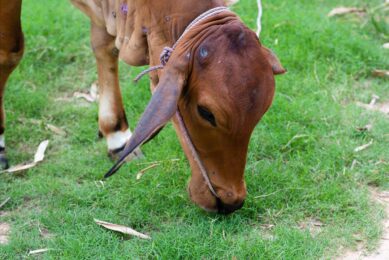

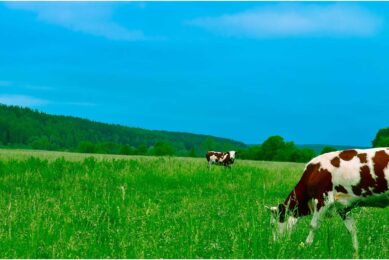
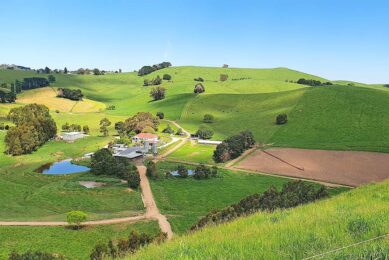
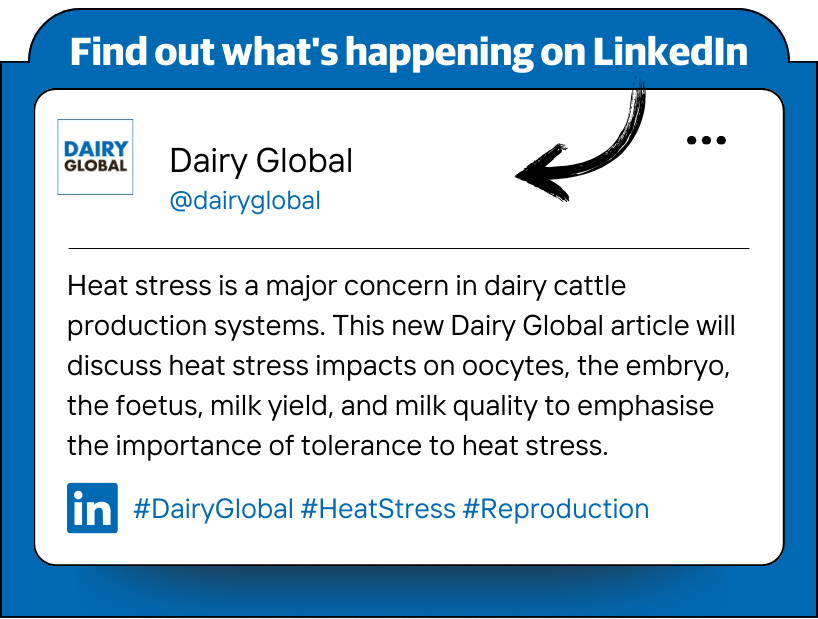



 WP Admin
WP Admin  Bewerk bericht
Bewerk bericht